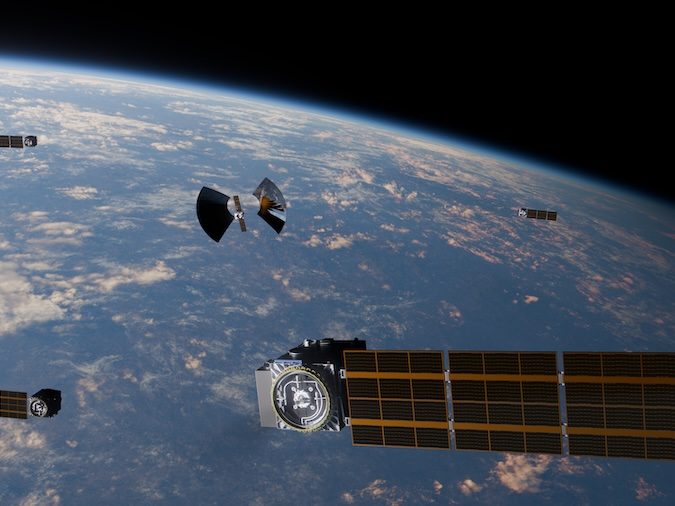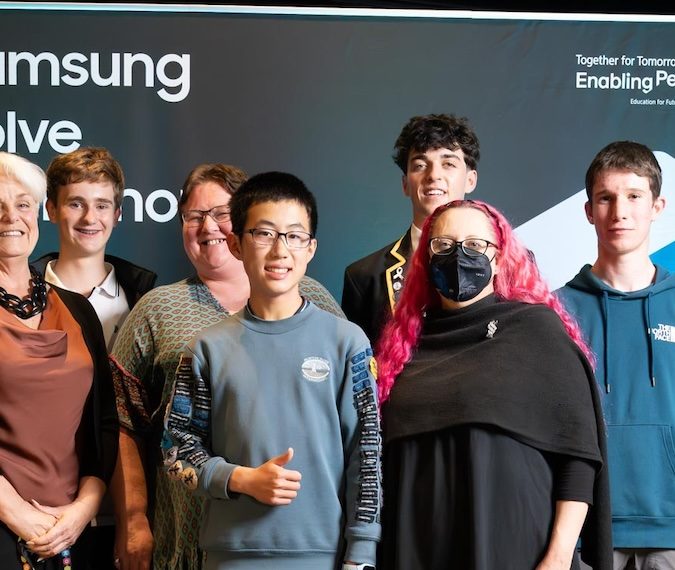The Amazon effect: innovative local retailers prove necessity is the mother of invention

Ecommerce was supposed to destroy both distance and friction, but the benefits of both are still sheltering Kiwi retailers against a full-frontal assault from the global e-commerce giants.
First eBay and then Amazon and Alibaba set out to cut Kiwi retailers’ lunches from afar. They appeared to be succeeding, claiming chunks of market share from many local book retailers, for instance, and, alongside parallel importing, disrupting local monopoly distribution arrangements.
But for many goods there is no “e-equivalent” as with an e-book. Local retailers still have a moat – a very wide, wet moat – guarding them against competition in physical goods, as long as they understand the needs of local customers, deliver quality service and don’t gouge on price.
“My view has always been we need to act as if they were here now and do the things that customers would love us to do anyway,” says the chief executive of supermarket cooperative Foodstuffs North Island, Chris Quin. “If you wait until competition arrives, you’ve lost trust with your customers.”
Amazon’s Australian invasion in December wasn’t exactly a triumph. One Aussie critic described it as a “huge wet fart”, disappointing on price, product range and the cost and time of local shipping.
That stuttering start means, once again, local retailers might enjoy some breathing space, and some, like Quin, are upbeat about their prospects.
“You’ve got to be very careful to be driven by your customers, not by your competitors,” he says.
The drivers in grocery he sees are, first, value when it comes to both price and the customer experience. Second, is convenience. And, finally, rapidly growing customer aspirations for health and well-being.
Quin admits the company has been behind on its e-tail game, but it is now getting online fast. It is also doing this in a way that takes advantage of the cooperative’s model and its segmented retail brands – New World, Pak ‘n’ Save and Four Square.
Eight supermarkets are offering online sales now and the rest should be doing so this year, he says. Along with this, the culmination of a four-year project to bring all sales on to a single SAP platform also looms. This will allow Foodstuffs to track prices and inventory better, and to integrate with suppliers.
Amazon has shown huge interest in the grocery sector, especially the fast-growing segment of organics, health and well-being. Last year it bought US chain Whole Foods for a huge US$13.7 billion, and has since ramped up deliveries via its Amazon Prime delivery service.
Quin says fresh produce is heading towards half of sales. Private-label house brands are another area of focus for Foodstuffs.
“People understand that house brands can be the same or better quality for quite a different price,” he says. “They understand there’s a brand premium that is paid and if you are smart in the way you shop you can avoid that premium and still get a great quality product.”
Those most successful at penetrating the online world have captured about 15 percent of all trade, he says.
The CEO of UK chain Sainsbury’s recently said six percent of UK food and grocery was being sold online, but 35 percent of customers were buying online. For Quin that means if you don’t offer online sales those customers will change to another chain that does.
The store network can also double as a ready-made local fulfilment and distribution system for online sales. That is an opportunity to increase returns on existing infrastructure.
Foodstuffs is also innovating offline, to create an easier, more compelling in-store experience for the cooperative’s 1.3 million customers, who shop on average three times a week. It is about to trial shopping trolleys from local developer Imagr that allow for automatic checkout, using artificial intelligence.
Digital is not all about online sales either. Quin hints at a shopping list app that will sort listed products according to where they are in a local supermarket’s aisles.
And a new Fresh Collective store in Mt Albert is lifting the traditional supermarket experience, aiming to provide inspiration to customers rather than just provision the larder.
In the middle of the store is a hub where food is prepared and ideas shared.
“Completely independent of us a journalist wrote a story asking: “Is this the way to compete with Amazon?” Quin says.
The Warehouse, like Foodstuffs, already has a huge asset in its extensive networks of stores and brands, but it has seen its share price dented by the Amazon threat.
Leading the company’s response is a relatively new hire but a very, very experienced chief information and digital officer, Timothy Kasbe, who has worked for Sears and Russian apparel giant Gloria Jeans.
“Having Amazon enter the market is both good news and an enormous challenge,” he says. “Competition has the effect of bringing everyone’s performance up.”
Kasbe says the company’s store network, including Noel Leeming and Warehouse Stationery, means a group store is within 30 minutes of every Kiwi. Ninety-one percent of Kiwis go through the company’s doors each year.
How to serve customers better, and bring them the best products at the best price, is “business as usual,” Kasbe says.
Where the action lies is in sharpening up the company, so its goods are ready and available regardless of when or how customers want to shop – and across all offers and brands.
Like Foodstuffs, The Warehouse is experimenting with new technologies such as artificial intelligence and new online models.
For the new school year, for instance, the group launched a new platform Purpleschool.co.nz, bringing all its brands under one online umbrella to serve parents and students with clothing, stationery, computers and more at the start of the new school year.
“We’ve gained a lot of insights from doing that [regarding] what the group value proposition is,” Kasbe says.
The company is also changing the way it develops behind the scenes online, moving away from the traditional periodic releases of software to more of a start-up culture using agile development. Six-month requirement definition cycles are being replaced by rapid prototyping, customer testing and being prepared to “fail fast” and build again using the knowledge gained.
“We’ve taken a lot of the pent-up demand for technology and just unleashed it,” Kasbe says.
“So, my team has done over 1500 releases, for example, in the last six months. That’s never been heard of in this company before.”
In its recent announcements, The Warehouse Group has emphasised a “click and collect” online and offline service combination, but Kasbe says that is only one of many ways the group can serve its customers.
What the company is really losing sleep over is how to create a consistent experience online and offline – and do it in a Kiwi way. The online giants have taken what Kasbe calls “primitive retail experiences” off the table.
“It has sharpened up a lot of the traditional physical retailers into serving customers at a world-class level, as opposed to giving them a sub-optimal or primitive experience in the store.”
Some local retailers, however, aren’t thinking about defence but about joining the disruptors.
“Integrations are key because they ultimately keep track of all the tyres and the stock, and make sure that when somebody orders one there’s actually one available”

Simon Furness
Penrose, Auckland-based Hyper Drive and Hyper Ride are related companies selling tyres and vehicle accessories, and action sports equipment, respectively. Hyper Drive is busy developing a new business model for the tyre market.
“We are looking at the Amazons, and that side of it as really the opportunity,” says founder Simon Furness, who describes the challenge as “internetising tyres”.
“Traditionally, it’s been quite hard to do because most people don’t want to buy a set of tyres online and have them delivered to their home,” he says. “So, we’ve set up 240-odd localised installers around the country. We kind of think about it as like Airbnb for tyres, I guess.”
Customers can go on to the Hyper Drive site, purchase and then have tyres shipped to a local installer to be fitted. The installer charges Hyper Drive at a contracted rate, so the experience is seamless for the customer.
A software package from local company First Software is integrated with supplier’s systems. The tyres ordered go straight to the installer – Hyper Drive never even touches them.
“Those integrations are key because they ultimately keep track of all the tyres and the stock, and make sure that when somebody orders one there’s actually one available,” explains Furness.
The traditional tyre-buying experience has been “pretty average,” he says.
“There’s no transparency around pricing and stuff, so we’re trying to bring some transparency to the price and it’s been really positive.”
While competitors have reacted to Hyper Drive’s insurgency, they haven’t yet reacted online. The internet has flattened prices globally, Furness says, and Hyper Drive is doing the same with tyres locally. The business is on a huge growth curve, Furness says, and is signing up more installers.
This story originally appeared on The Download, by Chorus.




